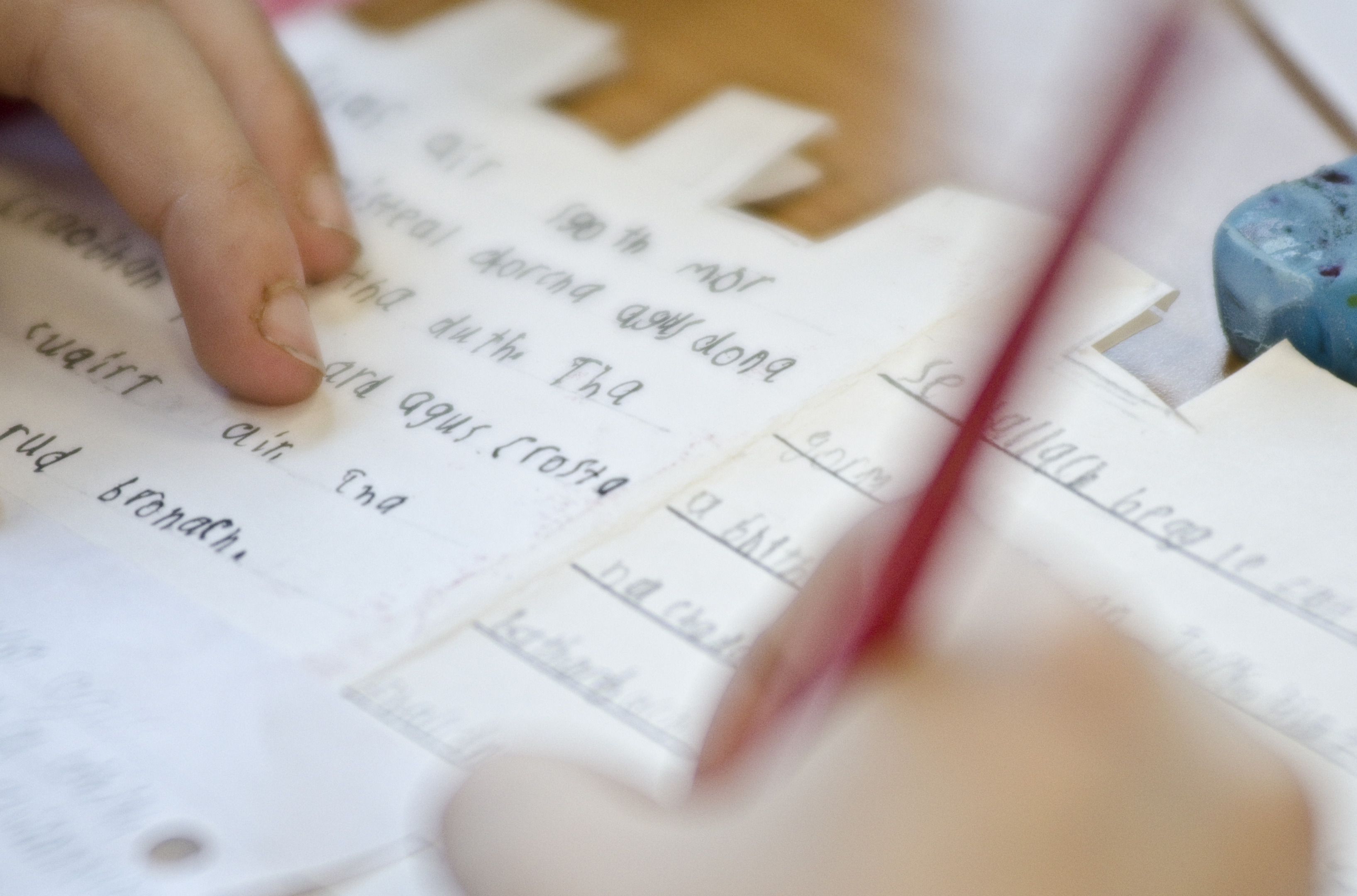
THE future of Gaelic in Scotland could be down to parents – even if they do not speak the language themselves, according to researchers.
A study found a marked change in attitudes to the language over the last three decades, with as much value being placed on it by speakers as by non-speakers.
Surveys were carried out of 236 parents and children on the Isle of Lewis and on Sardinia, including speakers and non-speakers of Gaelic and Sardinian.
Three quarters of respondents felt speaking a minority language was equally important to speaking their national tongue.
Dr Fraser Lauchlan, of the University of Strathclyde’s School of Psychological Sciences & Health, said: “Previous research from more than two decades ago found that there was almost a level of embarrassment about speaking such languages and they were discouraged for many years.
“It is only in recent times that there has been a re-emergence of the importance placed on these languages – possibly because of a better understanding of the benefits that being bilingual can bring, but also because of their promotion at national or regional level by governments, including the specific introduction of legislation.”
He suggested parents could encourage their children to read and to watch TV programmes in a minority language, which may even lead to them learning it themselves.
It comes as the study found positive views did not always translate into opportunities for children to speak minority languages outside school lessons.
Dr Lauchlan added: “In other places, it has been found that opportunities to speak such a language can be comparatively limited and children can be seen to be mostly speaking the dominant state, or majority, language out of school.
“Despite this, it may be parents who hold the key regarding how a minority language is promoted. If parents have a positive attitude, it could be a first step towards a language’s increased use within the home, and this in turn could have a positive impact on the practice of the language in wider society.”
Researchers at the University of Strathclyde suggested future studies should explore the places in which speakers used a minority language, such as home, school or social settings, as well as the frequency of their use.
Nearly 90% of those who took part believed Gaelic or Sardinian should be taught in schools.
Just over three-quarters thought it was just as important to learn Gaelic or Sardinian at school as studying French, German or Spanish.
Scottish parents, in particular, were positively predisposed to the minority language when compared with the Sardinian respondents.

Enjoy the convenience of having The Sunday Post delivered as a digital ePaper straight to your smartphone, tablet or computer.
Subscribe for only £5.49 a month and enjoy all the benefits of the printed paper as a digital replica.
Subscribe